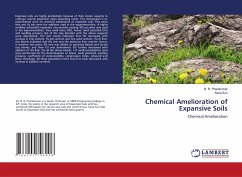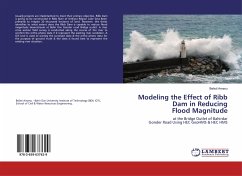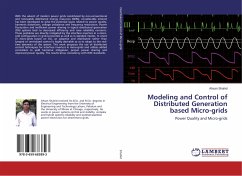
Hydrogeochemical Modeling of the Speciation and Leaching
Of Fly Ash Co-Disposed with Water, Brines and Organics: A Case Study of Sasol-Eskom Coal Ash Disposal, South Africa
Versandkostenfrei!
Versandfertig in 1-2 Wochen
50,99 €
inkl. MwSt.

PAYBACK Punkte
25 °P sammeln!
Two coal utility plants in South Africa selected (one from Sasol and another from Eskom) for this study produce large volumes of fly ash (over 40 Mt from Eskom at Tutuka, and 3 Mt from Sasol Synfuels at Secunda annually), and brines as by-products during coal processing. Co-disposal of the brines and fly ashes has been a normal practice in these coal-utility plants for decades. Long-term management of fly ash is necessary and requires an understanding and knowledge of how the different waste materials interact with water and brines in different chemical situations. However the geochemistry of ...
Two coal utility plants in South Africa selected (one from Sasol and another from Eskom) for this study produce large volumes of fly ash (over 40 Mt from Eskom at Tutuka, and 3 Mt from Sasol Synfuels at Secunda annually), and brines as by-products during coal processing. Co-disposal of the brines and fly ashes has been a normal practice in these coal-utility plants for decades. Long-term management of fly ash is necessary and requires an understanding and knowledge of how the different waste materials interact with water and brines in different chemical situations. However the geochemistry of their interactions, the leaching and mobility of elements in these disposal systems has not been fully understood. This work gives insights into the chemical processes taking place in the brine-water/brines systems that govern the concentrations of major and minor elements in ash leachates under different environmental conditions. The possible presence of organic compounds (subsequently referred to as "organics ) in brines and their effects on the leaching chemistry of fly ash was also studied.












